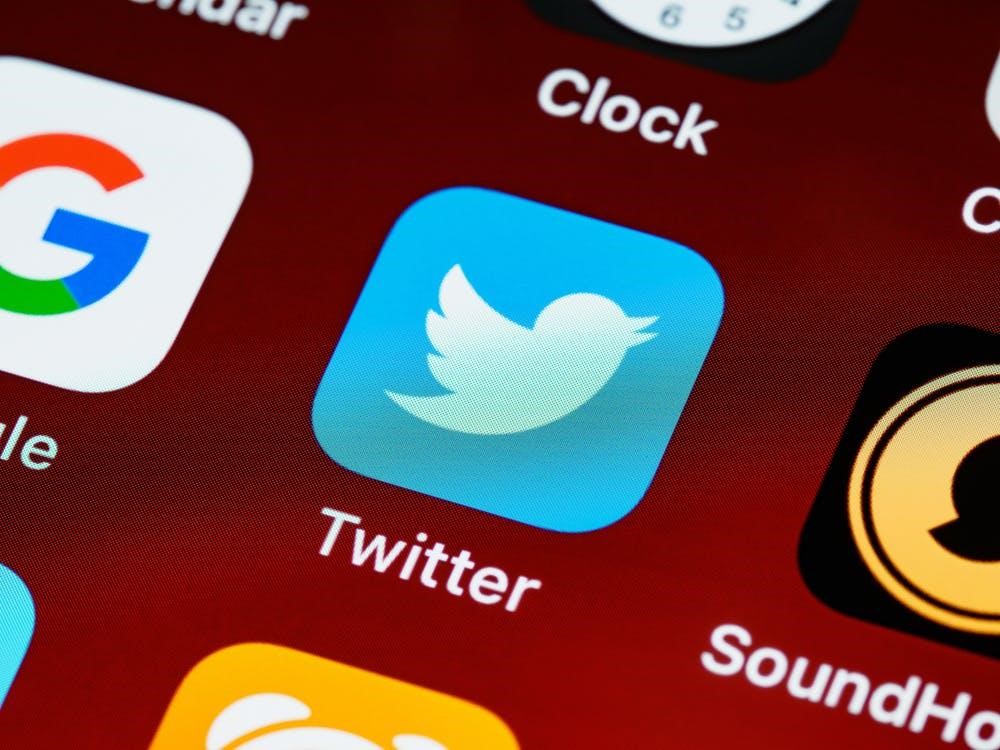Birds chirp the way people love to chat. For the past 15 years, Internet users have been enjoying the opportunity to “tweet” on many important topics. Every day, Twitter helps thousands of users find like-minded people, keep abreast of the latest world events, and even warn others about incidents. For instance, in 2010, a tsunami warning was launched in the Hawaiian Islands and 500 000 residents and tourists were evacuated in time thanks to Twitter posts. Also, Twitter is often used to broadcast the progress of events, conferences, exhibitions, or presentations, which allows those who missed the event to be in the know. And entrepreneurs can use Twitter for business after learning about the pros and cons below.
It Is Worth Starting With Positives
Global reach. No matter how trite it may sound, the first plus of Twitter is its popularity and a huge number of daily active users. This social network has a large user base, which allows you to create a massive data exchange chain with the help of retweets. Twitter is also a great platform for discovering trending hashtags. You do not have to use them in your tweets unless they are related to what you do, but you can learn what is new in your industry from the popular hashtags.
Less effort. Due to a limited number of characters for one tweet, you do not need to look for inspiration to write a 2-page post. Conciseness is one of the main rules of Twitter, and therefore, you only need to provide the very essence of a message to your followers. For instance, you have developed new color palettes for your product. You just need to write a few words about it and attach a photo.
Public image. If you have the opportunity to be active across several social networks, it speaks of your professionalism. Besides, from time to time, you can insert links to your other accounts where you talk about your work in more detail.
Competitors. Twitter is a great way to follow other companies in your industry. Analyze the activity of similar accounts to avoid making the same mistakes. You can also draw inspiration from other users and be one step ahead of your competitors.
Search for employees. There are many professionals on Twitter, both freelancers and those who are looking for a permanent job. Programmers, web project managers, internet marketers, SEO specialists, UI and UX designers, and more use Twitter every day.

Communication with the client. Use your account to conduct surveys among your customers. Getting feedback in the form of detailed answers or clicks on a certain option in a questionnaire will help you become better. You can also find people for your brand ambassador base among those who mention you in positive reviews on their pages.
Analytics. Twitter did a great job with analytics. As a blog owner, you can easily see which tweets have received the most engagement and interaction, so you will know in which direction to move and what topics to cover in posts. Twitter also shows demographic analytics of your followers so that you can get to know your target audience better.
Along With the Positives There Come Negatives
A huge number of spam tweets. Unfortunately, users also post a lot of spam mixed up with useful information. And due to the fact that the feed is updated quickly, your tweet may get lost and not reach the target.

Procrastination. This point, in fact, applies to all social networks. They captivate the user, but reading other people’s messages is very distracting. And as a result, performance drops. You need to learn how to control your activity on Twitter and make sure you visit the platform only when it is necessary for work or when there is free time for it.
Virality. Keep in mind that information can spread at an incredible speed on Twitter. On the one hand, this is good, but when it comes to false or offensive information about your business or employees, this is a big problem.
Fake pages and plagiarism. You are not immune to the fact that someone can create a page using your name, which means this person can “take away” your potential customers. Another unpleasant nuance is that the information and materials you provide can be appropriated by another user. Therefore, if you publish original visual elements, attach your logo, use watermarks, or take other measures to protect your ownership of the intellectual property.
Conclusion
Now you are familiar with the list of pros and cons of one of the most communicative social platforms. After weighing them and analyzing your goals and capabilities, you just have to decide whether to include Twitter in your marketing campaign or not.
